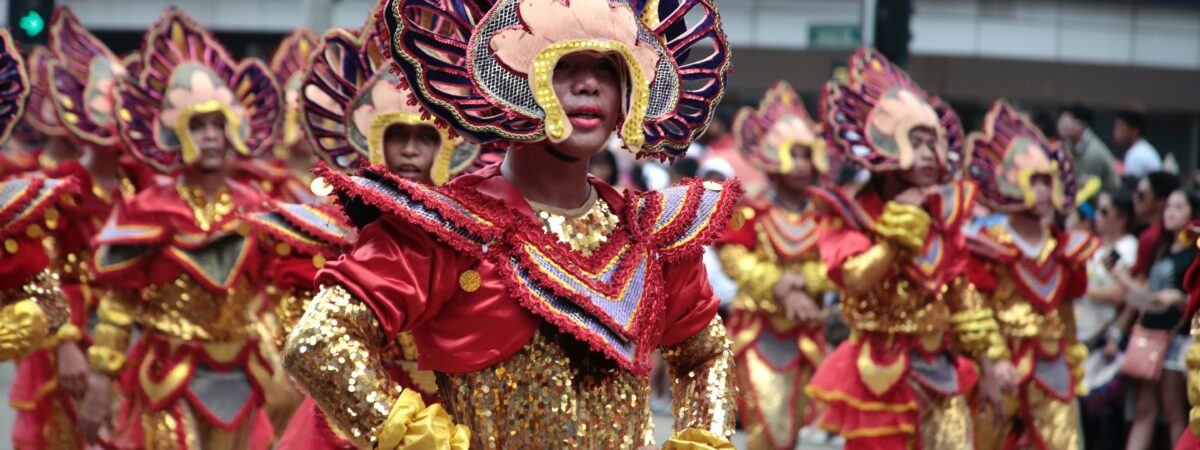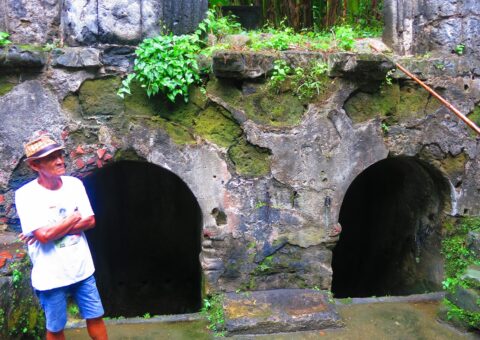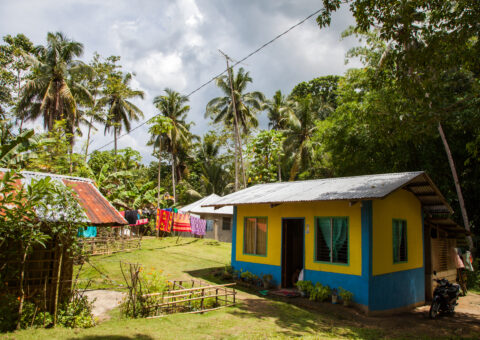Cebu is one of the premier tourist and vacation spots in the Philippines. From the immaculate beaches teeming with coral and tropical fish to the verdant hills that nestle the cities and communities of the local population, it is rich in cultural history and beautiful natural scenery. The province comprises several islands that showcase unique pre-colonial culture in the museums and a syncretised form of pre-colonial animism and Roman Catholicism brought upon by the Spanish colonisers.
One of the first things visitors should know when they land is that Cebu is the name of the province, and it is also the name of the capital city of the province, so there is both a Cebu City and Cebu Province, both of which are used interchangeably here. Local expert Nicole Ortega is here to help orient you.
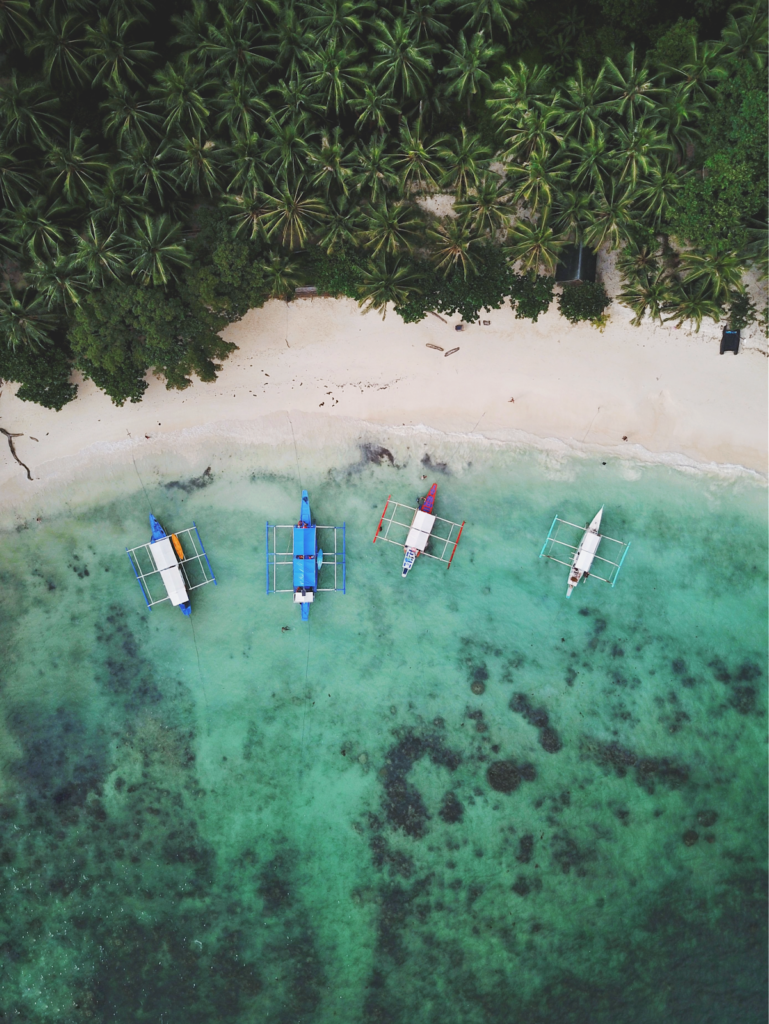
Upon Arrival
After a visitor arrives in my city, I always recommend going straight to Sto. Niño Parish and Magellan’s Cross because it is central to Cebu’s history with the arrival of the Spanish conquistadors to the province. History lovers will really appreciate Magellan’s Cross, which has great meaning to Christians in the country as it is a mark of the religion coming to our shores.
Sto. Niño Basilica beside it has a museum that shows you why Ceb is considered to be the “Cradle of Christianity” in Asia. There is a widespread legend that the original Sto. Niño statuette was miraculously saved from a fire and was used in the first baptism rites of the country. Cebu’s most popular festival is celebrated in honour of Sto. Niño.
Most people know about Magellan’s Cross and Fort San Pedro, but the old houses in Parian should also be visited because they have been converted into a museum. It is a snapshot of what it would have been like living during that era.
The best time to be here is during the cool dry season from December to February. That’s when Cebu is less likely to have rain or typhoons.
I tell first-time travellers to go to the beaches in South Cebu to places like Oslob and Badian. I also tell them to avoid resorts if you are on a budget as there are numerous public beaches that are beautiful and much more affordable, and where you can interact more with the locals and feel the vibe of the town you are visiting.
People from here know better than to just go to the mall or a high-class resort. Instead, they would rather go to a public beach to swim or rent a boat to visit different islands around Cebu or explore the marine life in deep waters. You can even go fishing!
The best museum to start your journey and get a good sense of this city is Cebu Museo Sugbo because it was a prison during the Spanish colonial era and not only housed criminals but Filipino revolutionaries who fought for the country’s independence against colonial powers.
Parents should take their kids to Cebu Ocean Park because it is the largest oceanarium in the country. It gives wonderful educational tours about marine life and conservation to children and adults alike.
Food from the Heart
Among the food (or dishes) my city is most proud of, lechon baboy (a dish in which the entire pig or piglet is stuffed, glazed, and slowly spit-roasted over coals) is an absolute must. I like to go to Talisay City and eat at Rico’s Lechon to really enjoy it.
When we get together to celebrate, San Miguel beer is what people here traditionally drink. I like to gather my friends and go to any bar in downtown Cebu City for a round.
When I eat completely local, I will go to Lantaw Native Restaurant. I know the food here is authentic and the seafood is fresh — plus there is a wonderful view of the ocean.
Another two classic, iconic restaurants include Chikaan and Dimsum Break/Harbour City/Ding Qua Qua. The latter are all part of a consortium where they serve Chinese fast food, which is a staple of the Cebuano food scene and a symbol of the Chinese community’s history and sizable presence in Cebu.
The part of town where locals come for traditional food is Carbon Market on Colon Street, where you can buy pasalubong (souvenirs) and local delicacies. This is where you can find almost anything in Cebu.

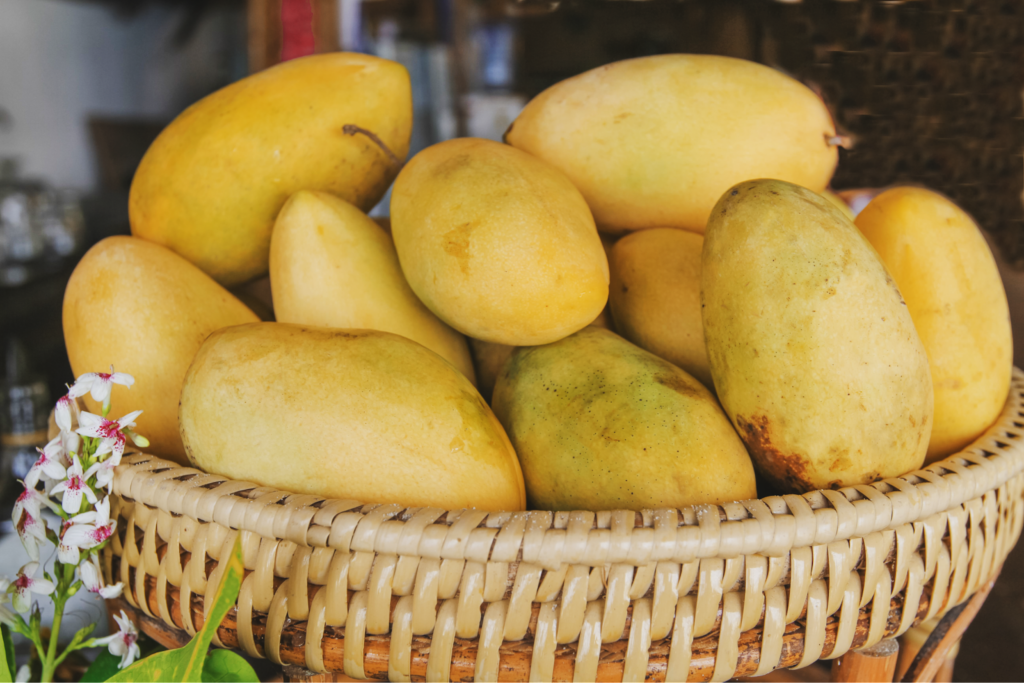
Shopping Locally
My city is known for making dried mangoes, as mangoes grow plentiful in the region and it is in Cebu that tourists flock to get them.
The best outdoor food market in Cebu City is Sugbo Mercado, which is open from 5:00 p.m. to 2:00 a.m. And the best outdoor market to buy everyday items like toilet paper, toothpaste, and dinnerware is in downtown Cebu on Colon Street, where there are stores that sell them at the lowest prices you can find.
I always take visitors to ANTHILL Fabric Gallery to buy real, local souvenirs. The products are made by women in the community who were trained in local weaving practices and the intention is to preserve the cultural footprint. And we know to avoid Island Souvenirs because they sell commercialised knick-knacks and generic tourist shirts.
Getting Deeper Into Cebu
A great book to learn more about my city is “House of Memory” by Resil Mojares. This is a collection of personal essays about Cebuano culture from pre-colonial beauty practices to superstitions.
My city is a place people are attracted to because of its mix of beaches, clear blue seas, and bustling metropolitan life.
To really celebrate my city at its best, come during the Sinulog Festival on the fourth Sunday of January because it is when you can experience a Cebuano celebration at its finest and share in the cultural practices of the people here.
Most people think of my city as a place to shop as it is one of the most advanced cities in the country, but really this is a destination to explore culture. There are Spanish colonial churches and museums all around where you can immerse yourself in the history of the place and people of Cebu.
In addition to the Sto. Niño Museum, I love going to the Archdiocesan Museum of Cebu, where there are tours of various memorabilia from the colonial era during Spanish occupation. From there, it is just a few steps to other museums that were ancestral homes now open to the public. You can explore architecture and items that existed hundreds of years ago. These museums and exhibitions only have a price of less than one euro to two euros.
This is one of the best places in the world to experience snorkelling and freediving. Locals are proud of that because we are proud when visitors, travellers, and tourists feel the same wonder and awe we feel for our hometown.

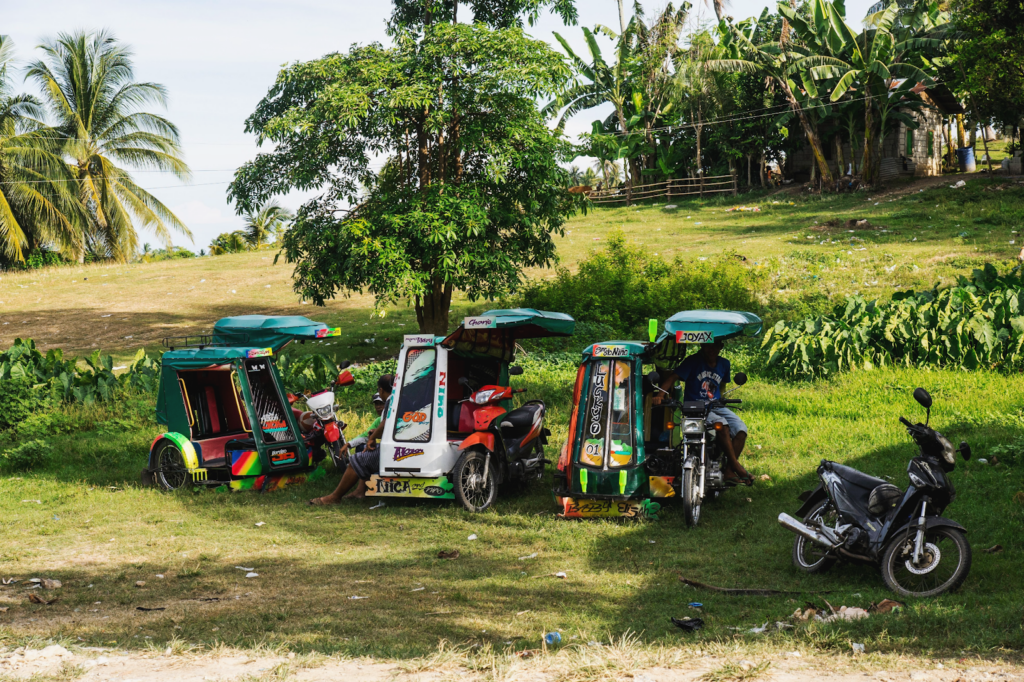
Getting Around Cebu
One thing you should know about getting around my city is that public transportation is unreliable. There are no set times for arrivals and departures of buses, and no proper queuing lines for boarding.
The best way to travel in my city to have as little impact as possible is to rent a car or just take a taxi.
Luckily this method of transportation also allows me to easily explore the city.
Outside the City
To get away and into the outdoors, I like to go out to family park where you can relax on the grassy fields and walk along a nature path in the city proper.
For a day trip just beyond my city, I like to visit Sirao, where you can look at an immense expanse of celosia flowers.
Many people will head to Oslob for the whale sharks, but locals know to go to Sumilon Island, where you can explore the white sand bar and go on a cave adventure.
I really enjoy the view of my city from Busay, where there are restaurants and cafes. La Vie in the Sky is one where you can enjoy great French food and a romantic ambiance.
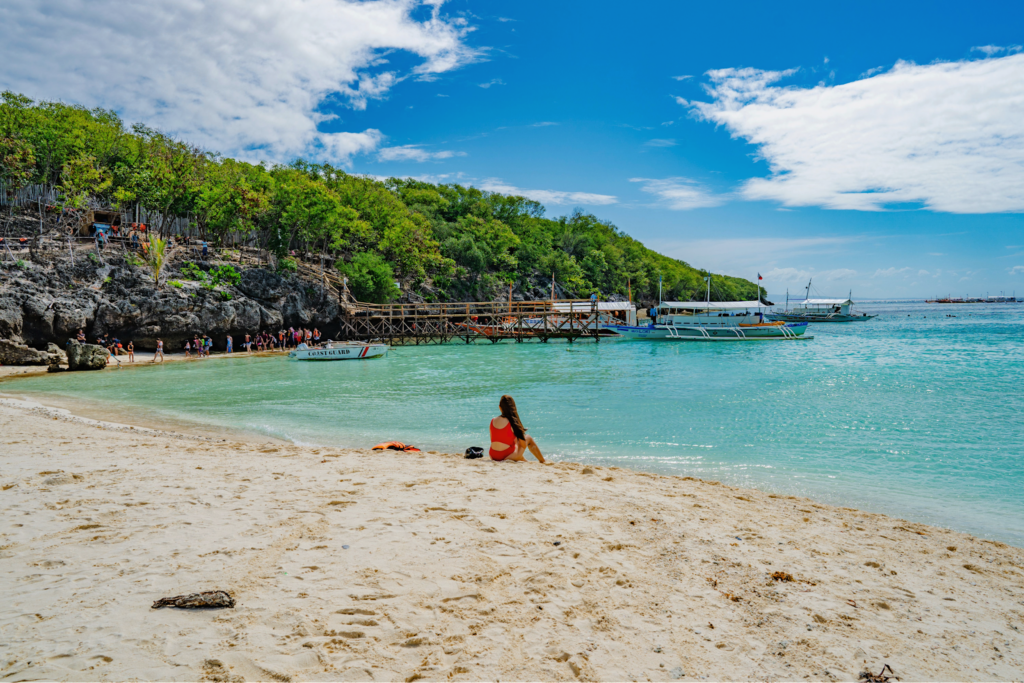
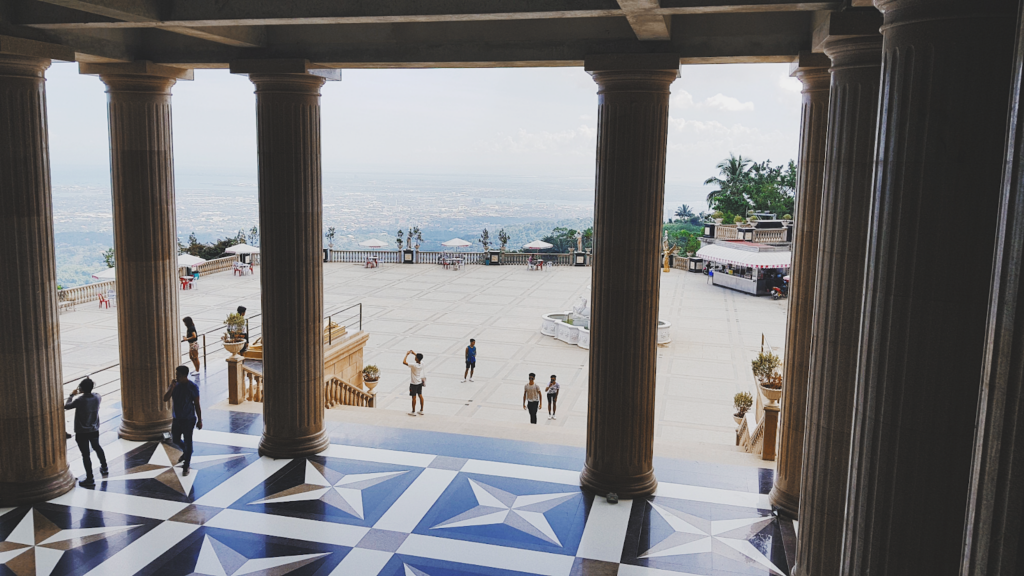
Connecting with Locals
When I want to have fun and celebrate being out in my city, I go to Mango Avenue in Cebu City for the nightlife. You can go to drink and dance at different bars and disco places, and sing at karaoke joints.
To hang out with my friends and go to a real insider spot, I go to Llula. My friends and I go here for drinks and to decompress.
The best resources for finding out what’s going on around town is the website Sugbo.ph and the Facebook page CUE (Cebu Upcoming Events).
When I want to enjoy my city without spending much (or any) money, I go to the public libraries or to museums with free admission.
Handuraw Pizza is my first choice for music because they invite local acts to the venue and promote them as well. And when I feel like dancing, I go to Mango Avenue, which has night clubs. I go dancing here with my friends.
Finding Solitude in Cebu
When I want to go somewhere to sit and meditate about my incredible city, I go to several mountain villages that are in Cebu City. These are easy places to get away from the bustling metropolis, and they are just a short car ride away.
If I chose the one place that makes me most proud of my city, it would have to be the old churches and museums in downtown Cebu. I love history and getting to know more about my city myself.
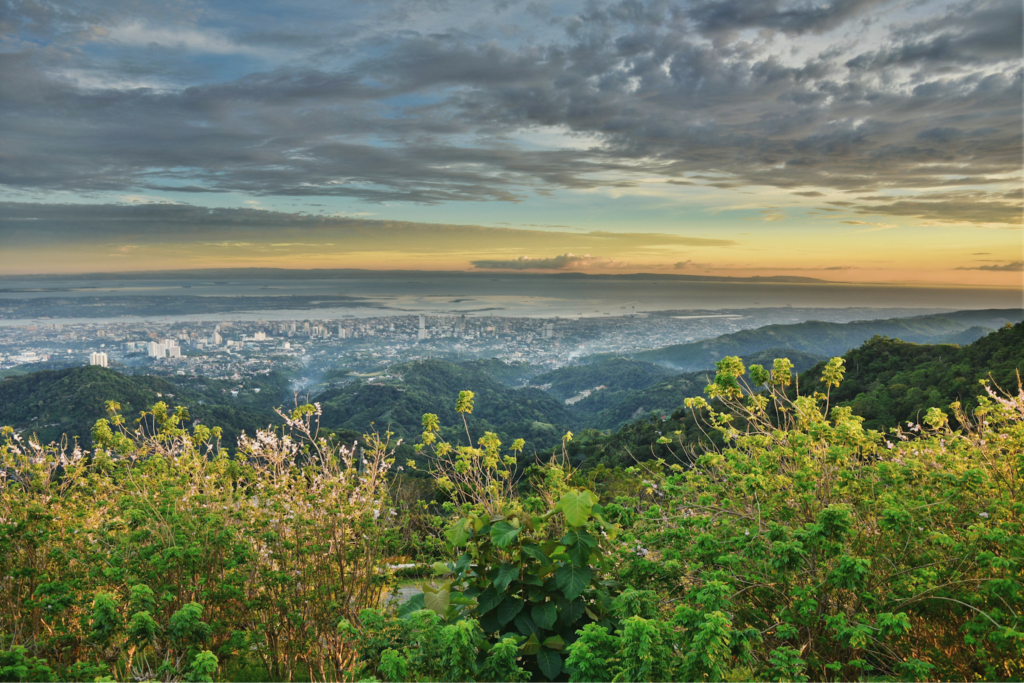
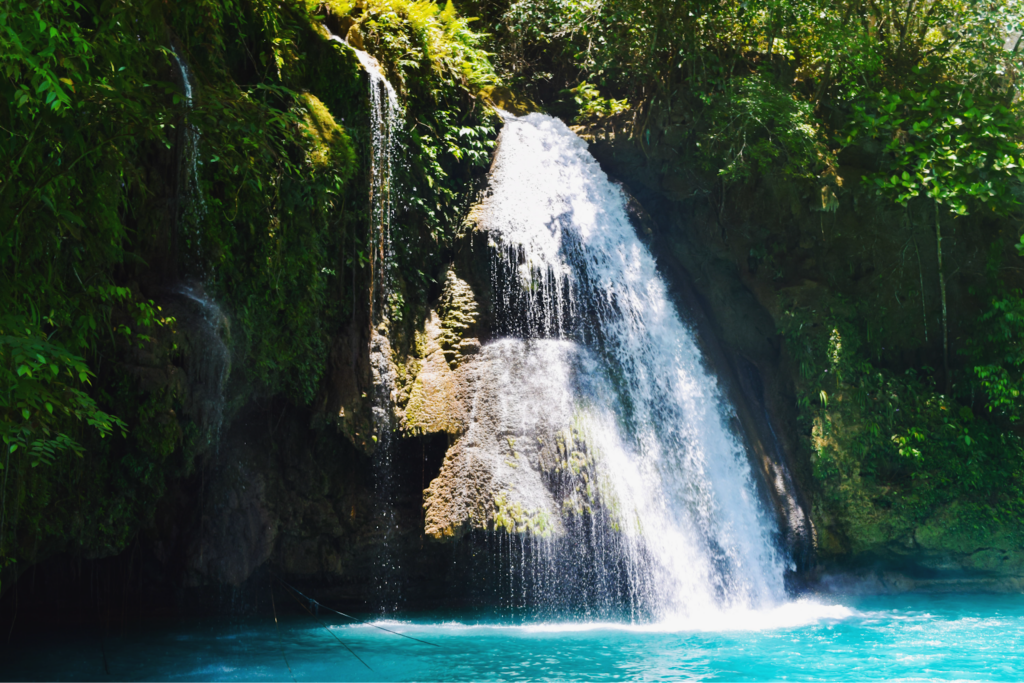
When the Seasons Change, The Town Shines
Dry season (December to May) is the best time to head out to the water where it is sunny and hot. Find a beach or go island hopping. Cebu has numerous islands that have perfect sand and crystal blue cool waters filled with coral and marine life.
I always recommend visitors avoid visiting during the monsoon seasons (June to November) because of the storms and flooding usually associated with the season.

